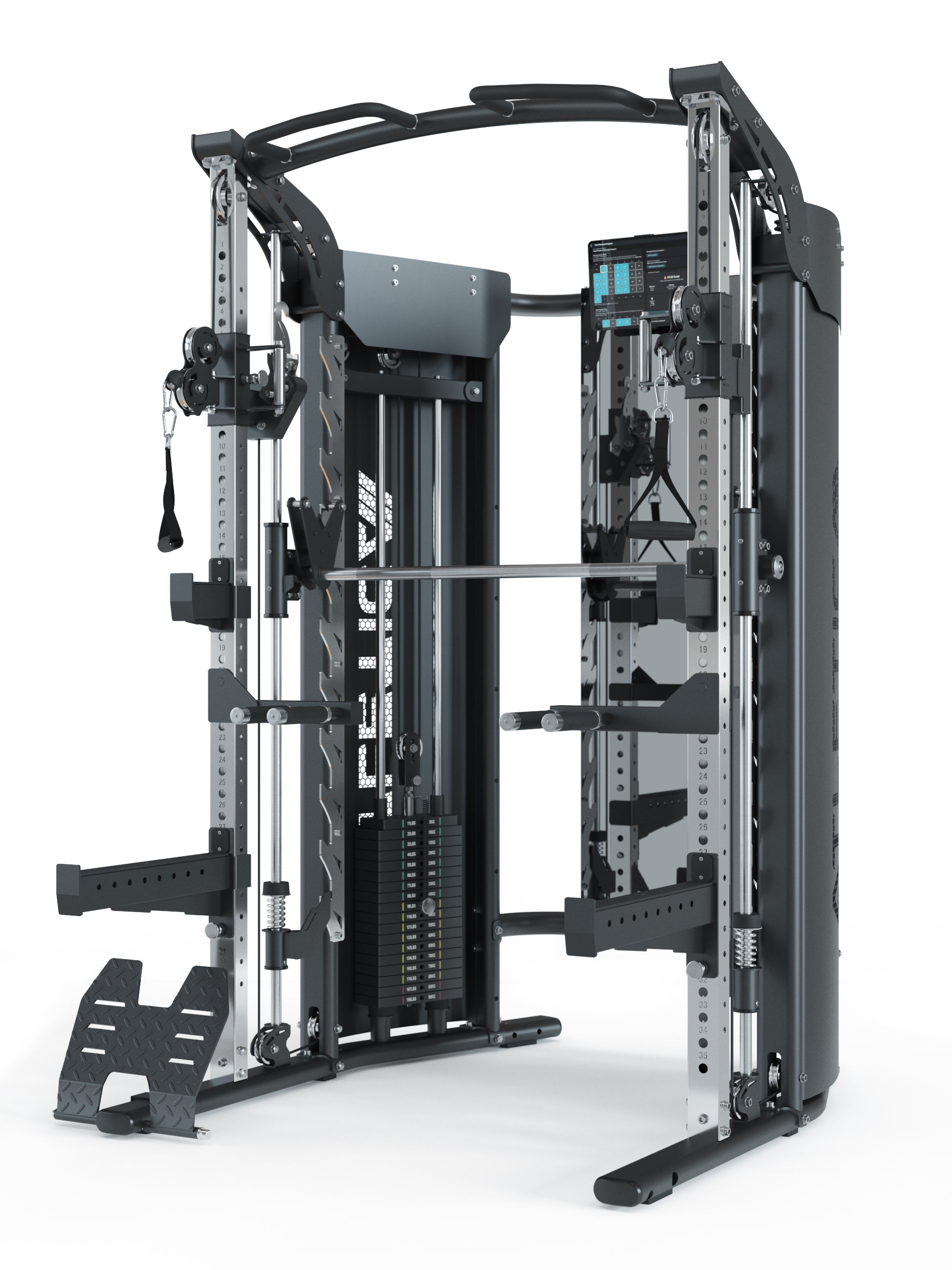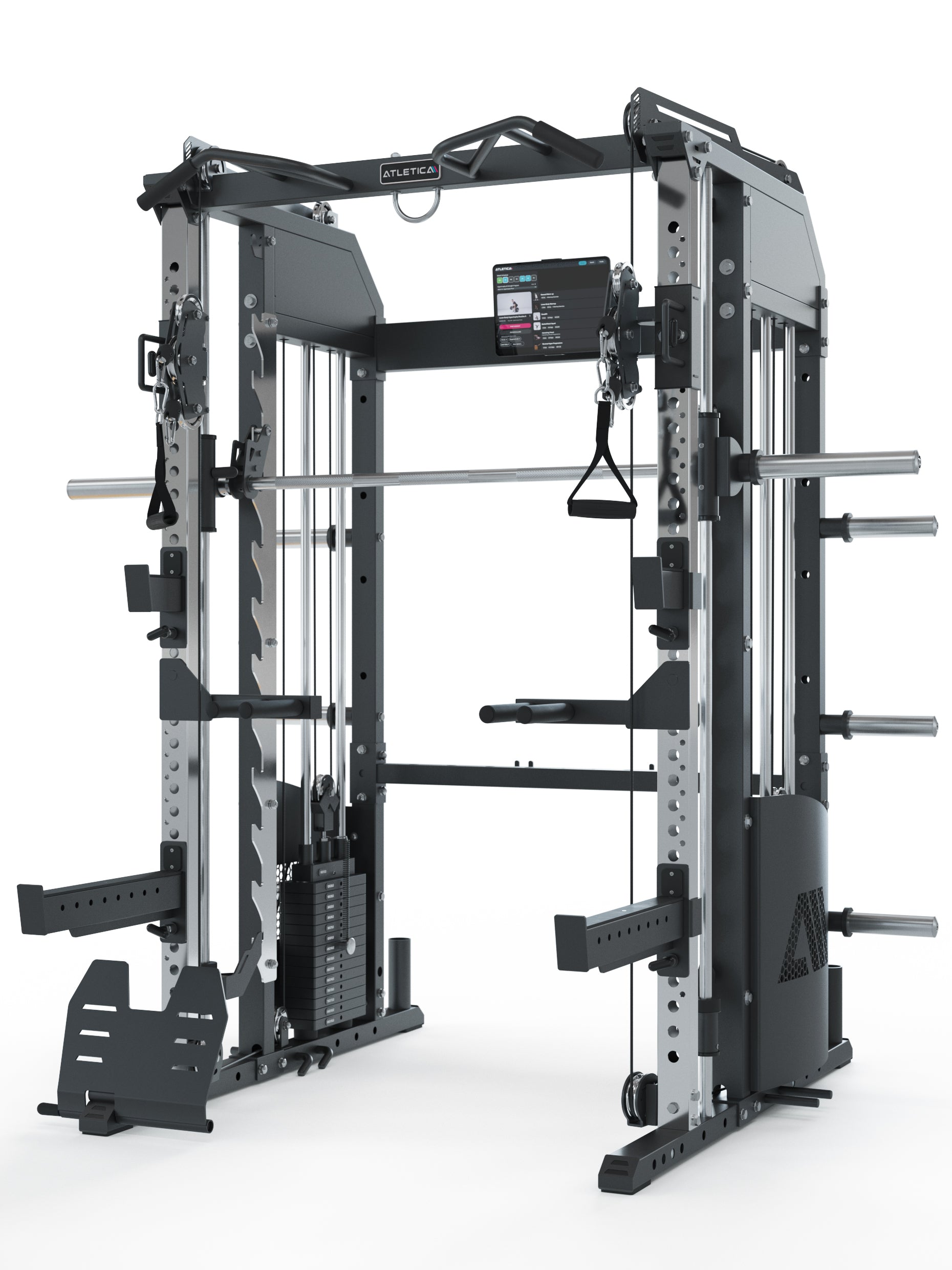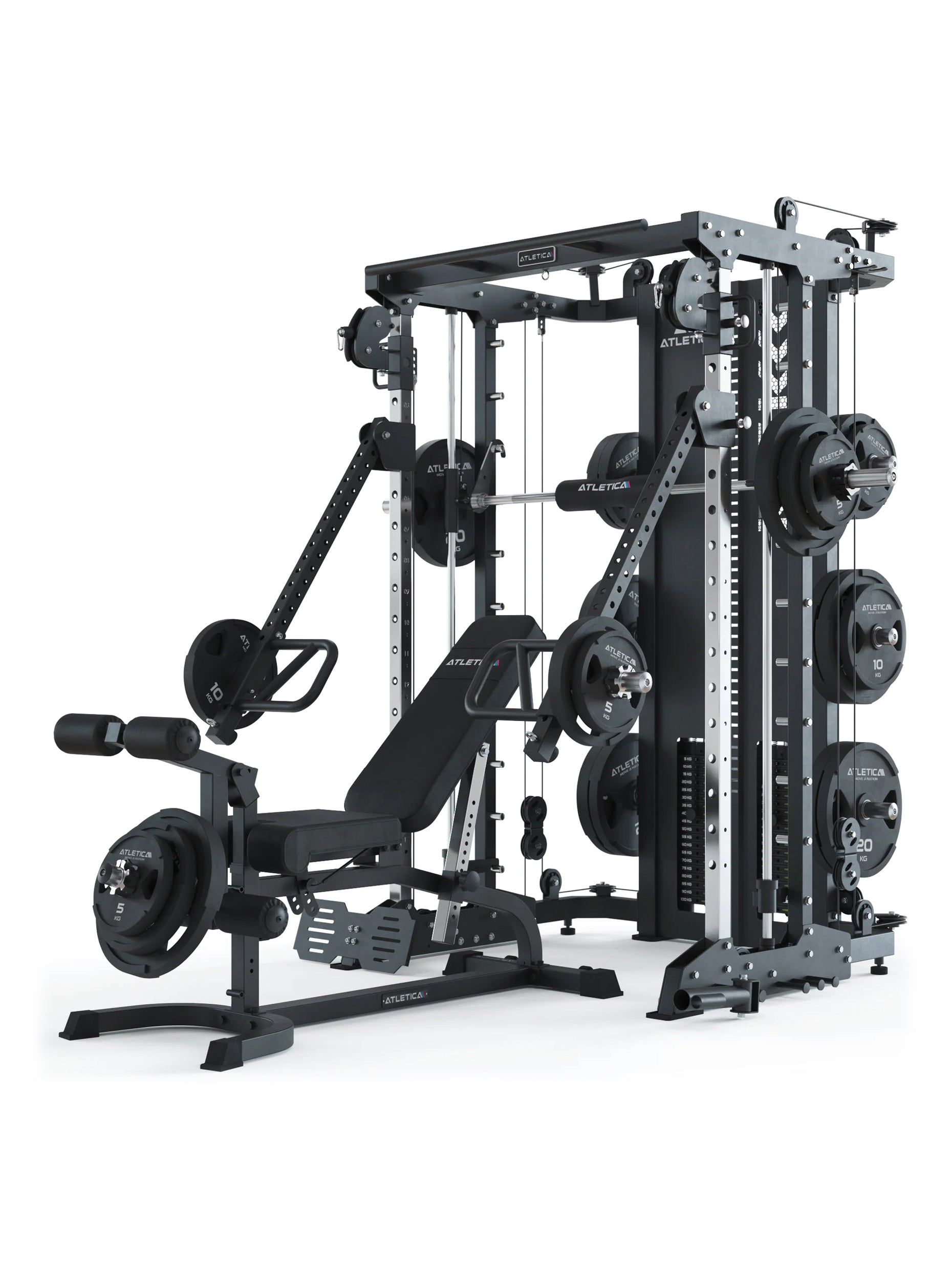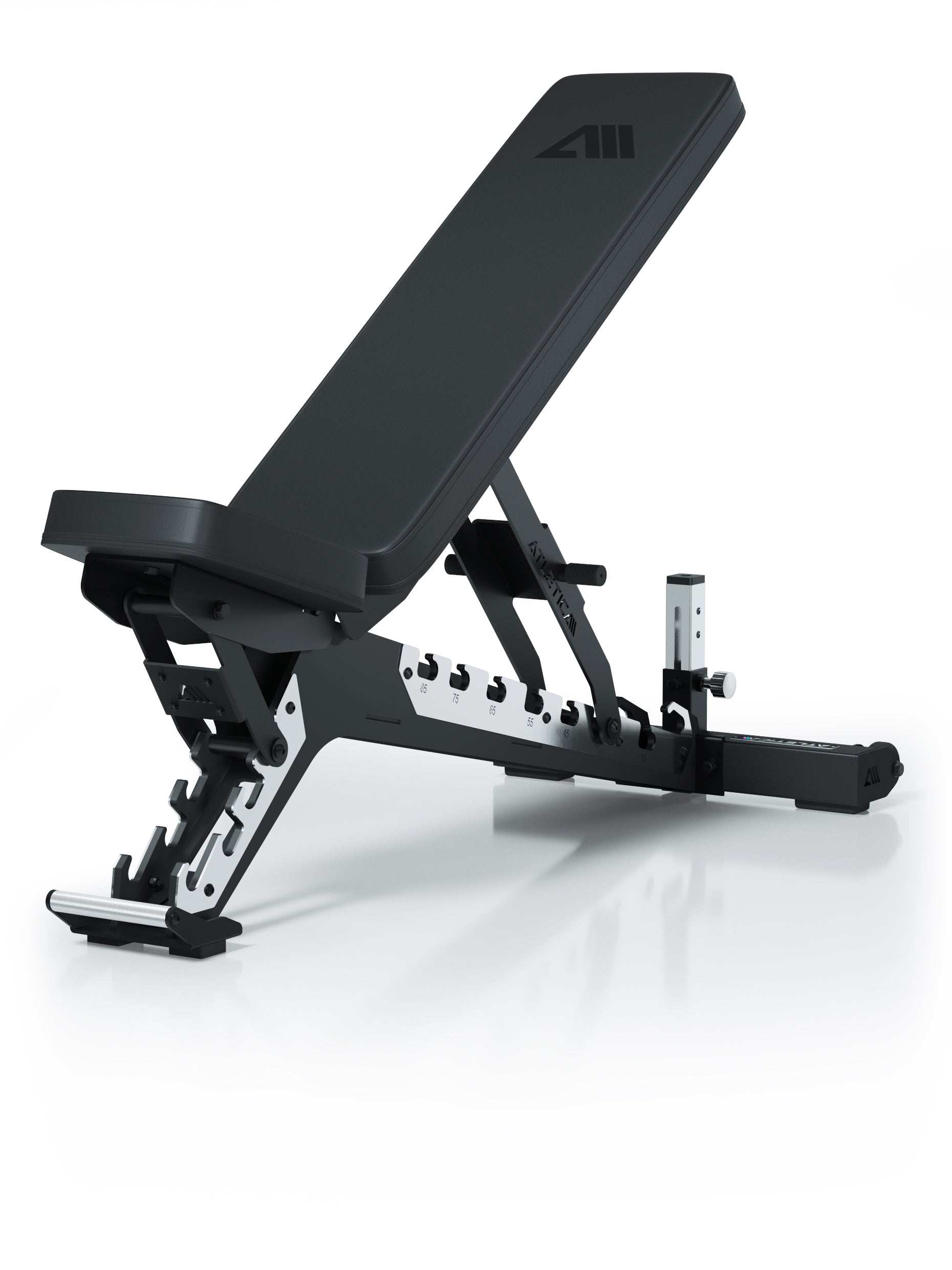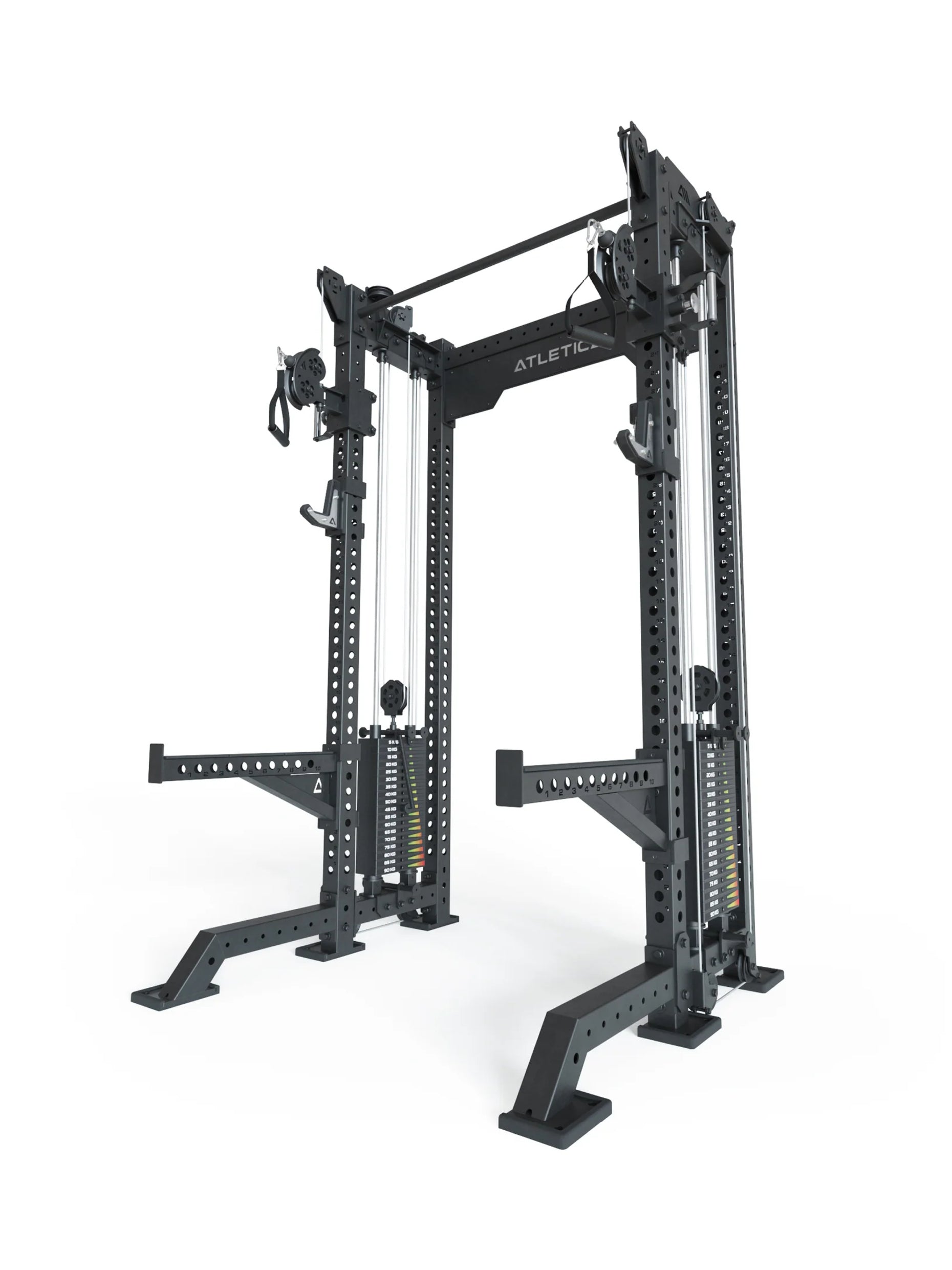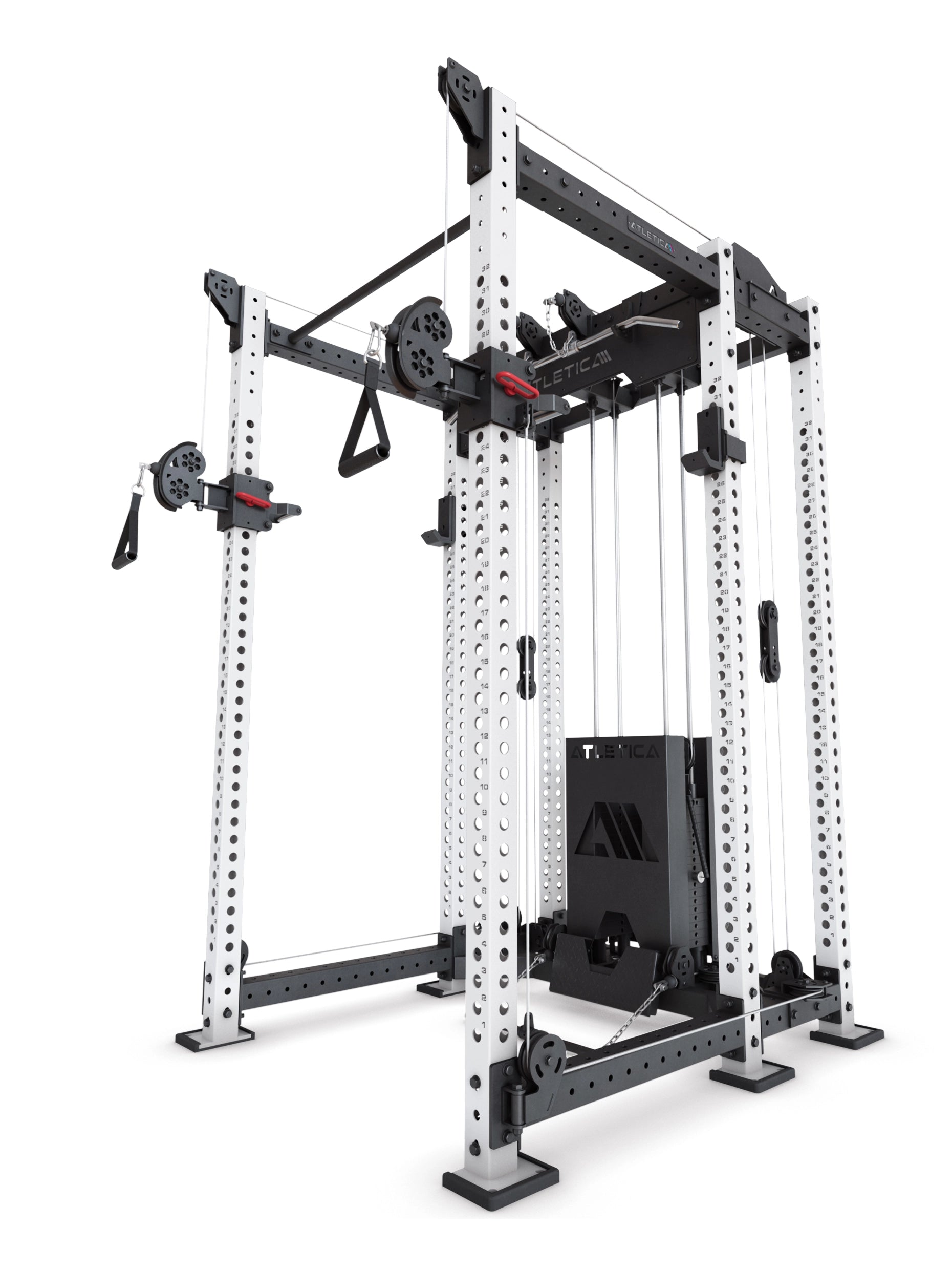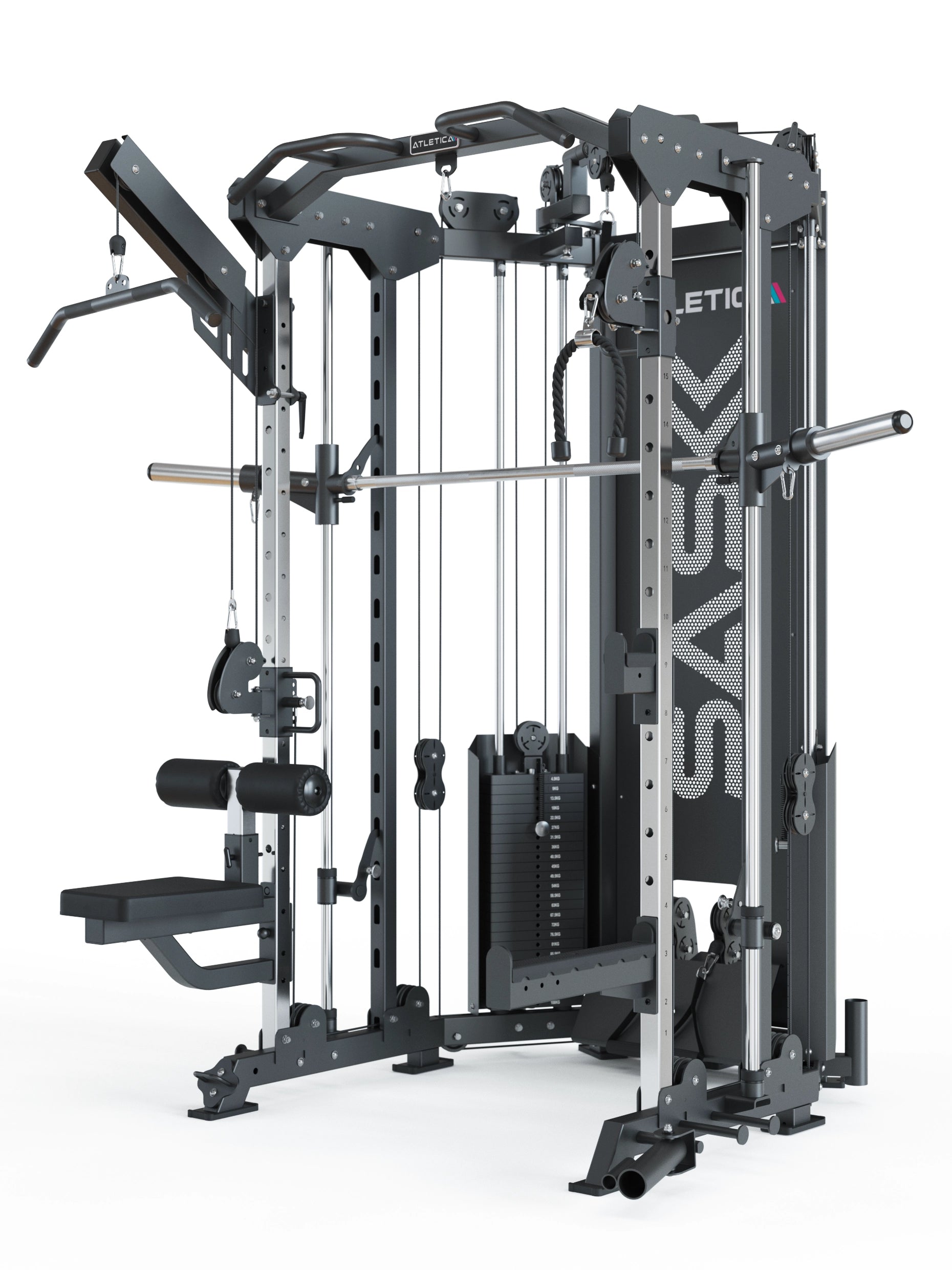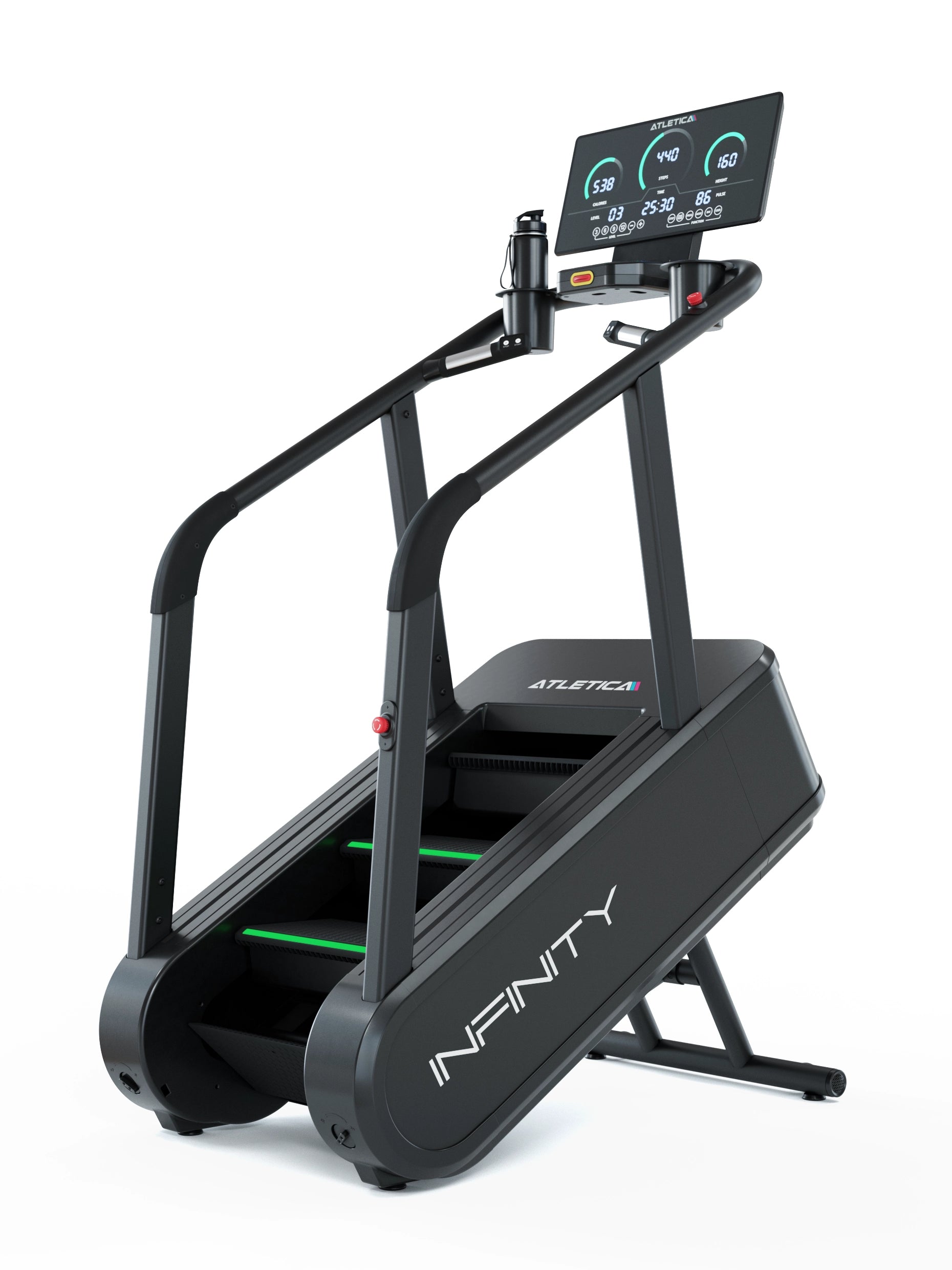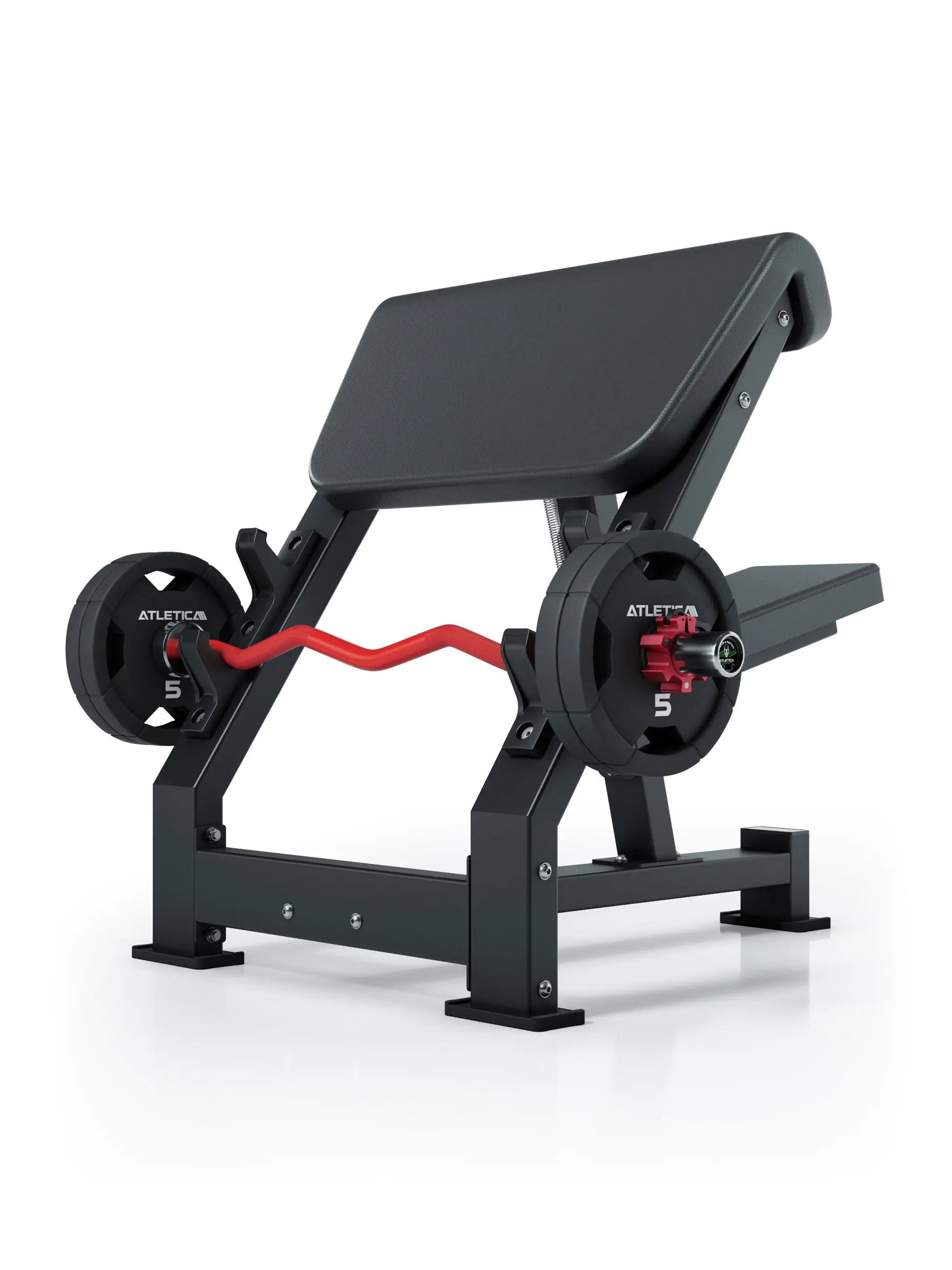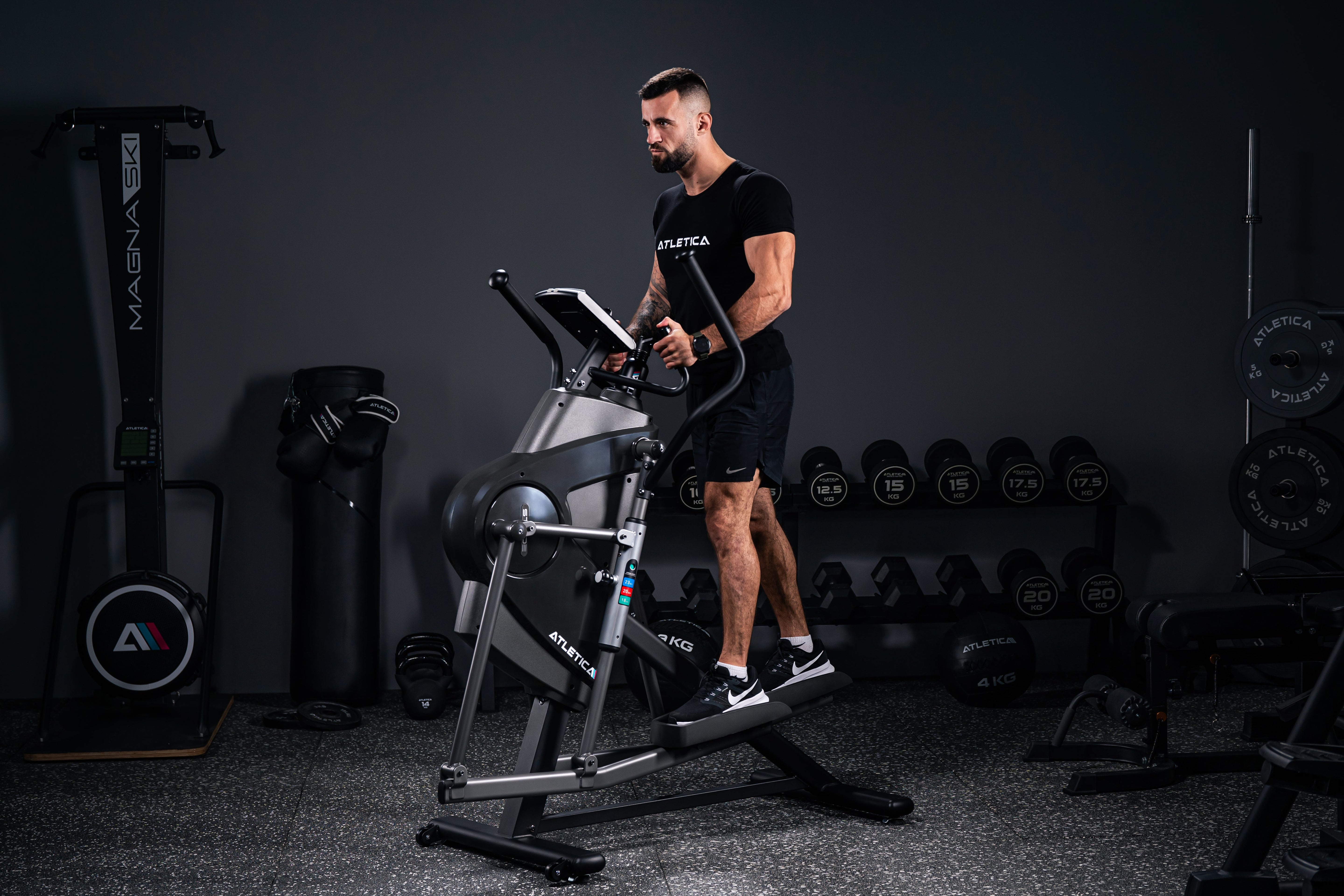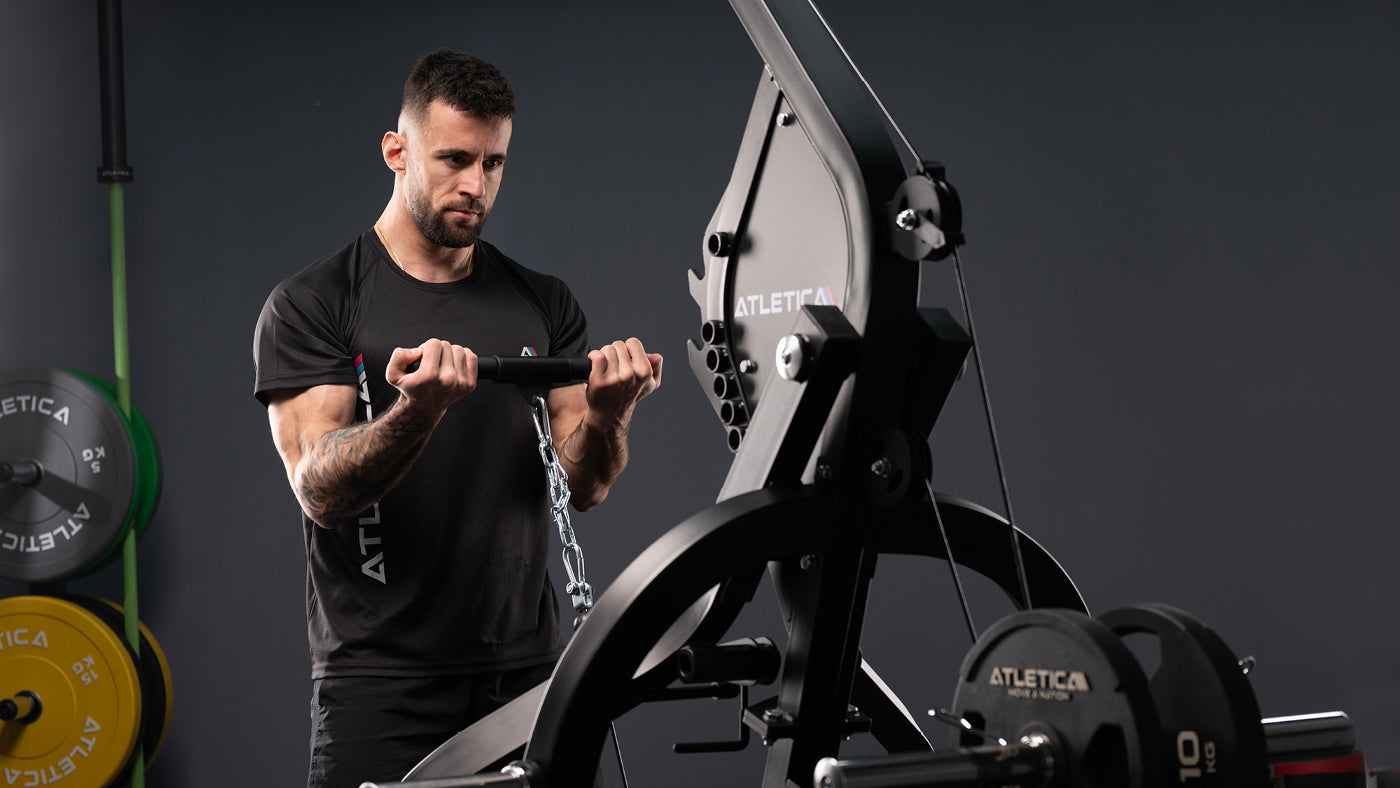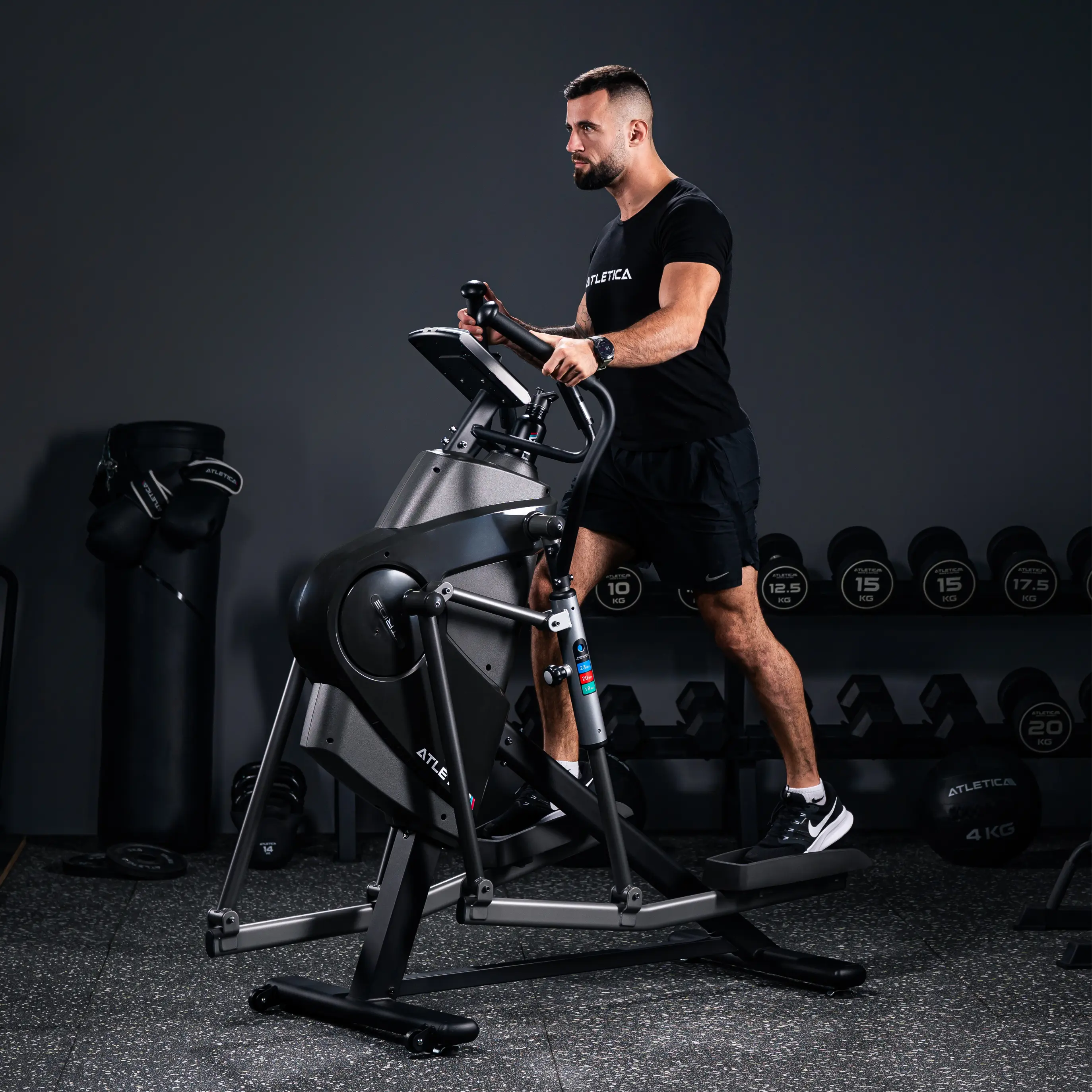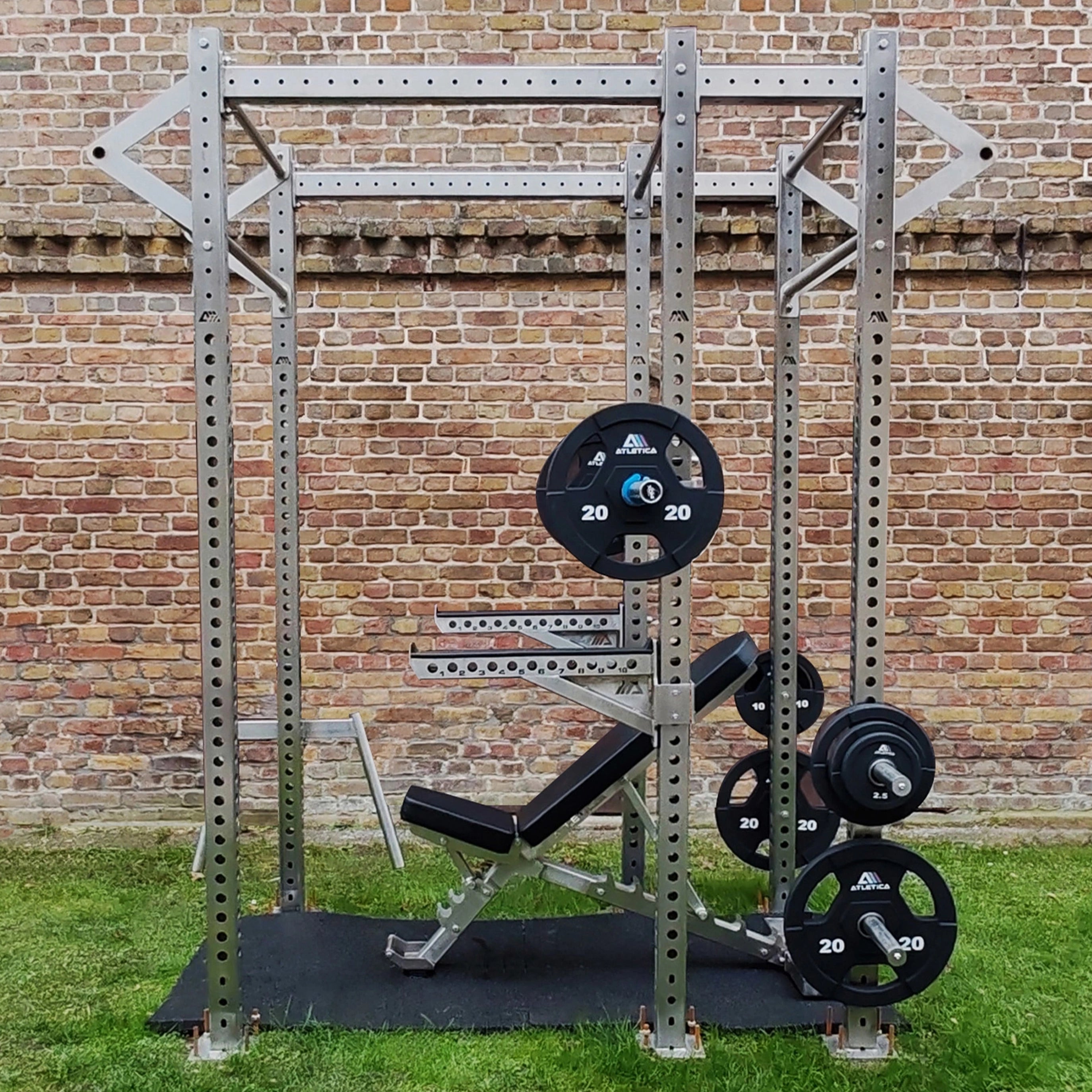The modern world of work is changing. Flexible working models, increasing demands on mental health, and a growing awareness of work-life balance are changing expectations of employers. Companies that integrate fitness into their daily work routine not only gain an image advantage—they are building a sustainable model for success. But why is fitness in the office now considered a competitive advantage? What are the benefits of exercise in the workplace? And how can companies specifically benefit from it?
In this article, we examine the strategic importance of exercise at work, demonstrate successful implementation models, and provide practical tips for integrating fitness offerings into modern offices.

Why fitness has long been a strategic issue
Health, productivity, and employee retention are at the top of the agenda for successful companies. Those who want to retain talent long-term must offer more than a fruit basket and home office. Exercise plays a key role in this. Studies show that just 20 minutes of exercise per day can significantly reduce stress levels, increase concentration, and improve overall well-being.
Fitness in the workplace is no longer a nice-to-have, but a tool for increasing company performance. Employers who rely on active structures are investing in their most important asset: their employees. Especially in times of high psychological stress, growing digital distraction, and increasing inactivity, exercise is a key to resilience.
The main benefits of exercise at work
1. Higher productivity and concentration
Physical activity acts like a brain booster. Employees who are regularly active report improved concentration, faster problem- solving , and more energy in their daily workday. Even simple measures like a short walk during their lunch break or ten minutes of stretching between meetings make a difference.

2. Fewer sick days
Regular exercise strengthens the immune system, reduces the risk of chronic diseases, and prevents musculoskeletal problems. Companies with integrated fitness programs demonstrably report fewer days of absence. According to a WHO study, up to 30% of sick days can be reduced through preventative exercise measures.
3. Strengthening team spirit
Joint training sessions, challenges, or short exercise sessions as a team strengthen cohesion, promote communication, and improve the working atmosphere. Positive group dynamics contribute significantly to identification with the company. Teams that work out together often work more effectively together.
4. Image gain and employer attractiveness
A company that invests in the health of its employees positions itself as a modern and responsible employer—a clear advantage in the competition for skilled workers. This can be a decisive advantage, especially among the younger generation, who value holistic well-being.
5. Individual performance improvement
Exercise reduces stress, promotes sleep quality, and improves mental well-being. All of this has a direct impact on individual performance. People who exercise regularly are not only physically fitter, but also mentally clearer and more motivated.

Fitness in the office: From theory to practice
Micro-breaks & movement islands
Even small stimuli like short stretching exercises, a few squats at your desk, or working while standing can have a big impact. Exercise stations with mats, dumbbells, or resistance bands are cost-effective ways to introduce a more active work environment. Exercise reminders via calendars or apps that suggest targeted micro-workouts are particularly effective.
Office gyms & fitness rooms
An in-house fitness room with equipment such as a power rack , dumbbells , or a rowing machine allows for structured training before, during, or after work. Space-saving solutions from providers like Atletica are also suitable for smaller companies. Often, 20 to 30 square meters are sufficient for a fully equipped training area with a mirror, weight bench, and pull-up bar.
Digital fitness offerings
Apps, live sessions, or on-demand programs make exercise independent of time and location. Combinations of online training and physical infrastructure in the office are particularly effective. This also allows employees working from home to participate. Gamification elements such as points, levels, or team challenges further increase motivation.
Moving meetings & walking talks
Who says meetings always have to take place in a conference room ? Walking meetings encourage new ideas, energize conversations, and relieve back strain. Such formats can achieve amazing results, especially for creative tasks or feedback sessions. Meeting areas with standing tables also encourage movement.

Practical success stories
More and more companies are integrating fitness into their daily work routines. Whether through their own studio, collaborations with local providers, or digital offerings – the approaches are diverse. Models that allow employees to help decide which form of exercise works best for them are particularly popular. Successful companies rely on participatory formats: from internal health working groups to monthly exercise challenges.
Example : A mid-sized tech company set up a flexible office gym with Atletica products that can be used for both functional training and yoga. Results: After six months, a significant reduction in sick days and an increase in employee satisfaction were recorded.
How to successfully integrate into everyday working life
- Analyze needs: Which target groups are in the company? What motivates them? What barriers to movement exist? Anonymous surveys or workshops help determine needs.
- Create spaces: Whether it's a gym, exercise room, or small training area – just a few square meters are enough. Meeting rooms can also be used multifunctionally.
- Communication & Motivation: Internal campaigns, challenges, and feedback formats help raise awareness of offers and establish them long-term. Regular events such as "Fit@Lunch" or " Active Friday" are particularly effective. “ .
- Ensuring quality: Professionally supervised training and high-quality equipment make all the difference. Providers like Atletica offer robust, space-saving solutions for companies that value functionality and design.
- Involve leadership: When line managers participate, acceptance increases. Movement becomes part of the corporate culture. Managers act as role models and actively encourage participation within the team.
- Long-term planning: Sustainable programs with clear goals, evaluation, and ongoing development are crucial for success. Only those who continuously adapt will remain relevant.

Conclusion: Movement as a strategic investment
Fitness has long been more than just a health benefit—it's a competitive advantage. Offering employees active breaks, modern equipment, and exercise options not only increases their performance but also makes them more attractive as an employer.
Especially in times of skilled labor shortages, stress, and home office work, exercise is becoming a crucial factor for motivation, retention, and innovation. Companies that invest in fitness today secure a decisive long-term advantage.
Anyone who wants to create modern office structures should consider movement – as a strategic element of a sustainable corporate culture.





